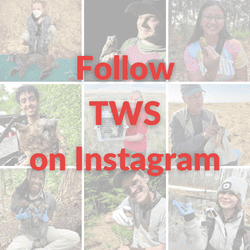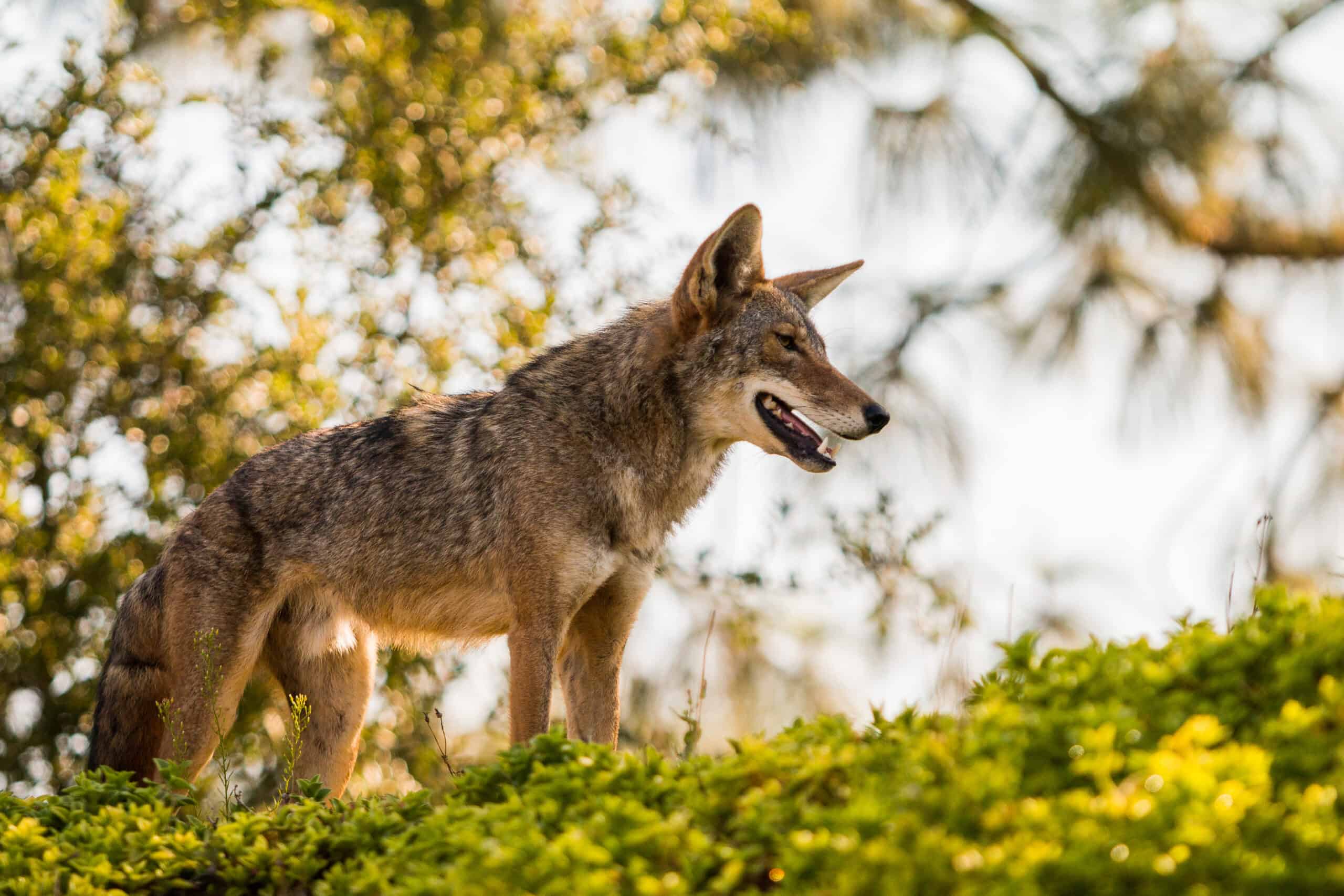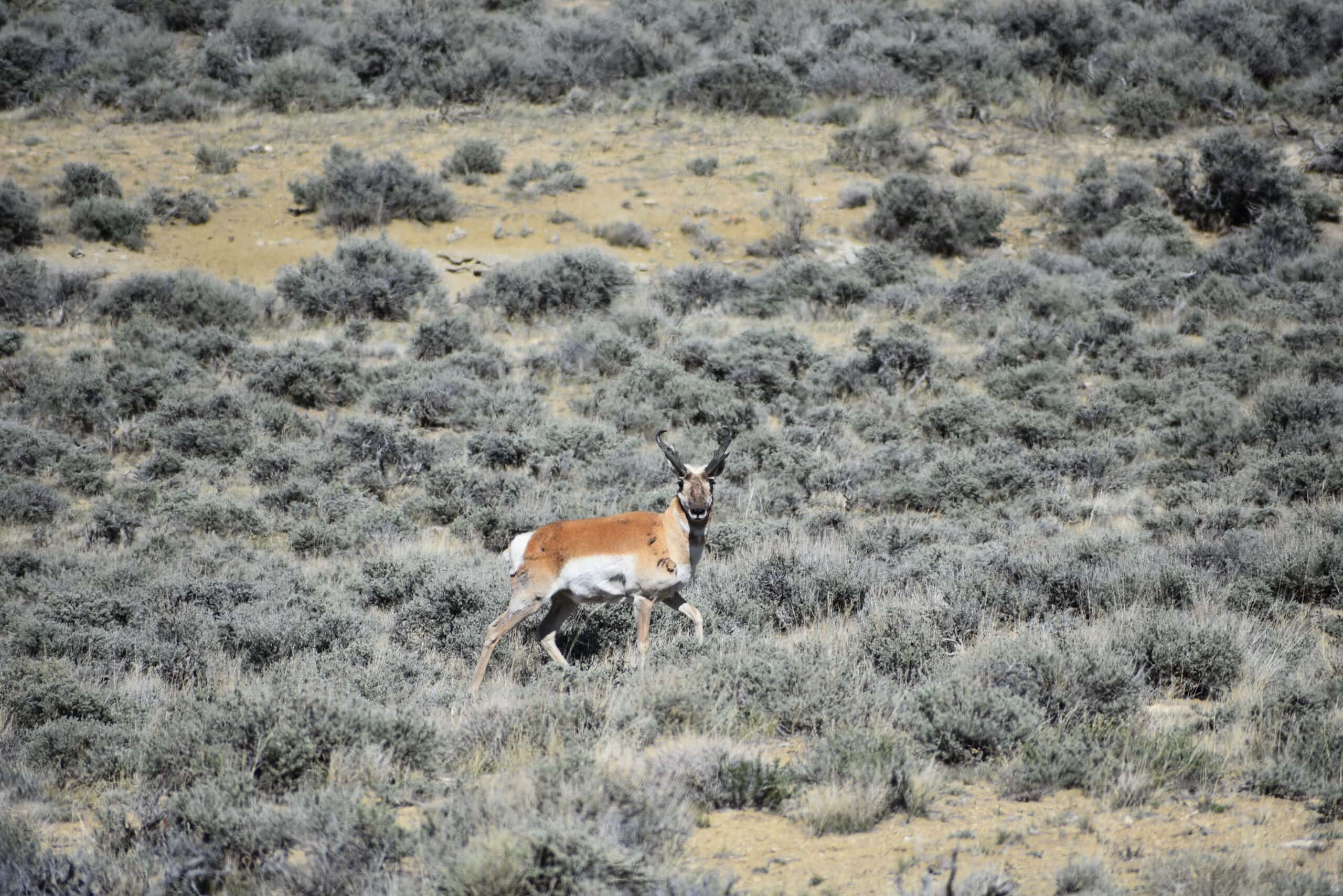Share this article
TWS embarks on strategic plan to guide its future
Members are asked to give their input
The Wildlife Society is embarking on a strategic planning process to guide the organization into the future, and it’s asking members to weigh in on where they think the organization should go.
“We are looking to build from our 85-year history and improve upon our existing strategic plan,” said TWS CEO Ed Arnett.
A “visionary and measurable plan” will help sustain the organization for the long term, Arnett said. “Ensuring short- and long-term financial stability, an inclusive membership at all levels in North America and internationally and providing the most valuable member services to achieve our mission are just a few of many goals we’re striving for.”
The Wildlife Society has hired TCC Group, a consulting firm that works with nonprofits, to develop a new strategic plan to guide the Society for the next five years and beyond. The current strategic plan, approved in 2019, expires later this year.
“I am so excited that we are taking a fresh look at strategic planning,” said TWS President Don Yasuda. “We are moving beyond the traditional five-year plan approach. TWS is at a place where we need to take a look at where we want to be beyond the next five years and then use that to design the blueprint that we will follow with a clear vision of the TWS that we are building.”
As part of the process, TWS has reached out to members via email with a questionnaire to gather their feedback. The questionnaire, which takes about 10 to 15 minutes to complete, asks members to confidentially share their input on TWS’ strengths, challenges and future opportunities. Members can access the questionnaire via the link in the email. The form will be available until Friday, May 26.
The new plan will identify key areas for TWS to support its members, better engage with the public, and integrate TWS’ diversity, equity and inclusion vision statement, which was approved by Council in 2021. The plan is intended to be finalized and ready for Council to review later this year.
In addition to gathering input from members, TWS is also reaching out to organization units within the Society, as well as state and federal agencies and conservation partners for discussions about how TWS can better meet its mission.
“We have so much more potential to reach out to new partners, and we need to engage with these partners if we want to add to and improve the programs we offer to our members,” Yasuda said. “By having this strategic blueprint, we will be able to ensure we have a strong financial foundation to support and maintain the programs that move us towards our long-term strategic goals.”
Header Image: Credit: David Fulmer flickr








